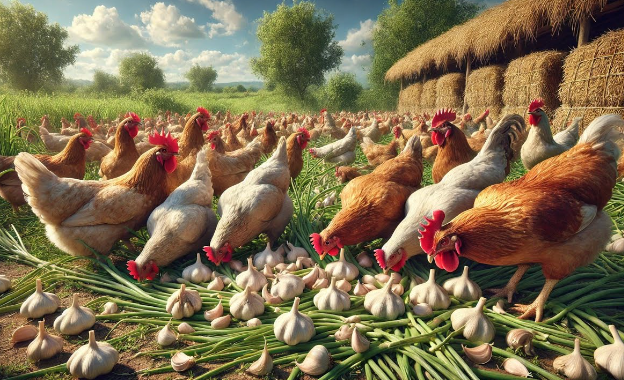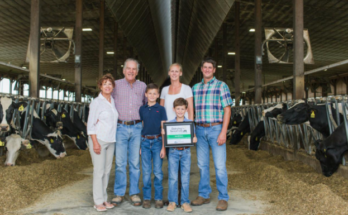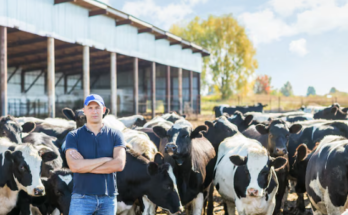The United States is the largest producer of poultry meat in the world. This amounts to 17% of the global poultry production. China and Brazil are also big producers, but America’s consumption of poultry and poultry products is huge.

In the United States, chicken farming plays a vital role in the agricultural industry, with approximately 520 million chickens raised annually. This significant number highlights the immense scale of the chicken farming sector, which caters to both meat production and egg production. With such a large number of chickens, it is no surprise that American farmers are keen on maximizing productivity while ensuring the well-being of the animals. A crucial aspect of this industry involves the management of farm budgets, the release of new initiatives, and ensuring the success of the farms.
Farmers are tasked with allocating their budgets wisely to cover the necessary expenses of running a chicken farm. These expenses typically include feed, equipment, labor, maintenance, veterinary services, and utilities. The cost of chicken feed, which is one of the largest expenses, can fluctuate based on market conditions, which requires farmers to monitor and adjust their spending accordingly. In addition to feed costs, farmers must invest in facilities, such as barns, cages, and automated systems that ensure the efficient operation of the farm. With labor costs, many farms have turned to automation and technology to streamline processes and reduce overhead expenses, while still maintaining high production rates.
The success of chicken farming in the U.S. can be attributed to various factors, including technological advancements, efficient management practices, and favorable economic conditions. Advances in genetic research have allowed for the breeding of chickens that are more disease-resistant and grow at faster rates. These developments have led to increased production and reduced mortality rates among the birds. In addition, improved biosecurity measures, such as controlled environments and better monitoring systems, have minimized the risk of disease outbreaks. As a result, American chicken farms are able to supply the domestic market with a reliable and consistent source of poultry.
Furthermore, government support plays an essential role in the success of American chicken farmers. Through subsidies, research funding, and programs aimed at improving farming practices, the government ensures that farmers have the resources they need to thrive. The U.S. Department of Agriculture (USDA) and other agricultural agencies also help farmers navigate issues such as trade agreements, environmental concerns, and labor shortages. With these resources, chicken farmers can focus on optimizing their operations, boosting production, and increasing profits.
Many farms are now taking steps toward sustainability, implementing eco-friendly practices such as energy-efficient lighting, recycling waste products, and reducing water consumption. Some farms even offer tours and educational programs to teach the public about the complexities of chicken farming. Websites and farm tours are available for those interested in learning more about how the industry operates and the efforts farmers make to ensure the welfare of the chickens.
In conclusion, the chicken farming industry in the U.S. involves careful budget management, strategic investments, and the application of modern farming techniques. Through technological advancements and government support, American farmers have successfully met the challenges of raising millions of chickens each year, supplying the nation with poultry products that meet demand while also working toward sustainability and animal welfare. The industry continues to evolve, and chicken farms play a central role in American agriculture.



